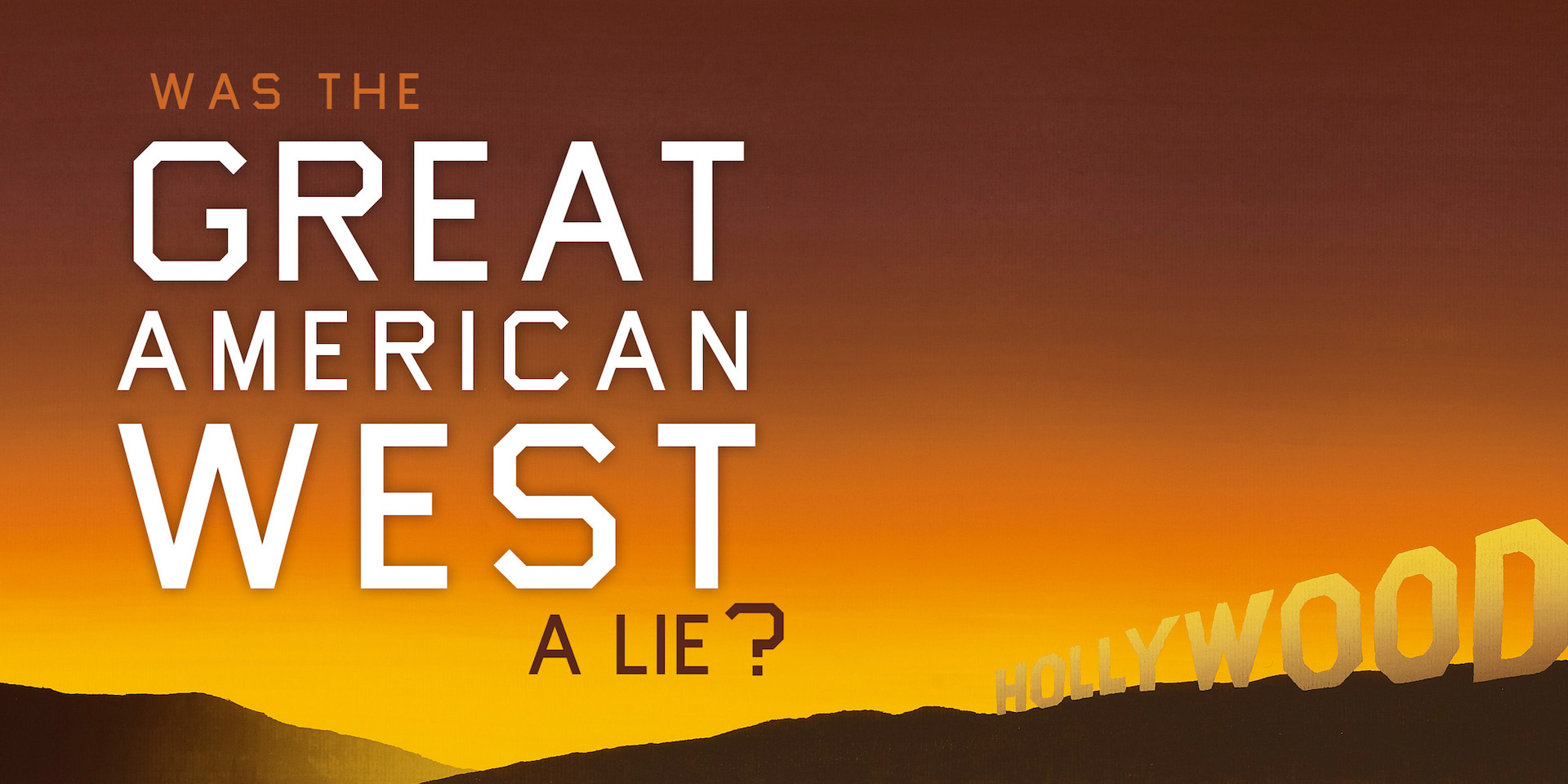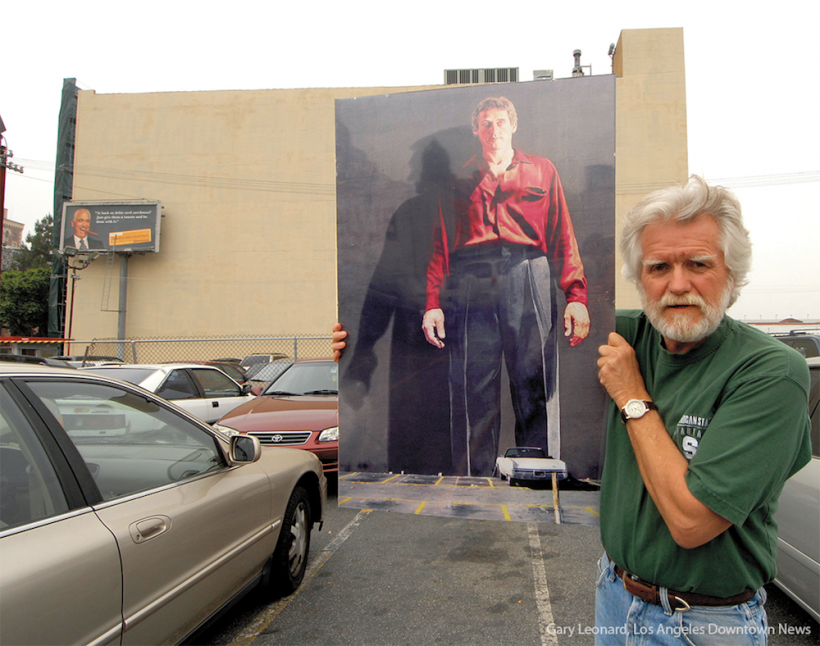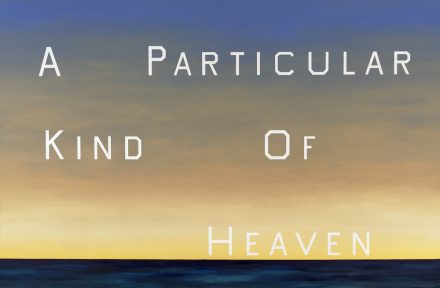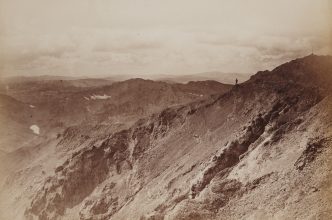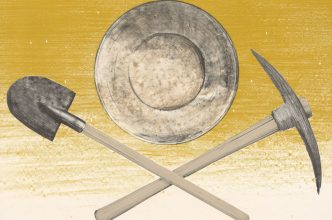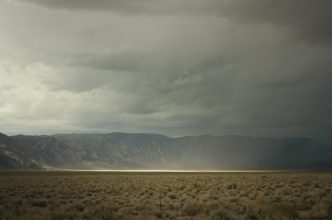Interpreting the New History of the Old West
Don’t Shed a Tear That the 19th-Century Construct of the American West Is Riding off Into the Sunset
Not too long ago, historians of the American West joined their artistic brethren in celebrating what we now think of as the “Old West.” For historians and artists, the “winning of the West” was a glorious achievement that heralded the triumph of “civilization” over “savagery.”
Indeed, by the conventional scholarly wisdom and orthodox artistic vision, the vanquishing of Indians and the march of manifest destiny made America great and made Americans special.
My California
In Novelist Edan Lepucki’s Home State, the History Is Fictional, the Terrain Is Otherworldly, and the Population Is United by Difference
In the story about myself, I was born in Santa Monica, in a rental on Sunset Ave. (yes, Avenue, not Boulevard). Early February, which is a bleak month elsewhere, but not in L.A. In my mind, I conjure the salty air, the white Volkswagen Rabbit in the driveway, and my mother’s round belly. My family has recently moved here from small town New Jersey.
A decade after I’m born, on another street in L.A., farther from the beach, a neighbor will take a camcorder to my front door. I answer, in pajamas and a robe, a glass of juice in one hand. The house behind me is dark and I squint into the sunlight. No, I don’t want to come outside, I say. I’m watching TV. …
The Epic Effort to Map the West
A Brilliant Geographer and Famous Photographer Teamed Up to Tackle the Nearly Impossible Task of Surveying 19th-Century California
We’ll start in the 1840s, when Western North America was almost wholly empty of European-Americans. To prepare the land for settlement, the United States government sent teams of explorers into the trans-Mississippi West (some of which was Mexico) and tasked them with telling Americans what they might find there. Men such as John C. Fremont found new ways through the then-unknown landscape, identified mountain passes, sources of water and game, …
Ed Ruscha’s Wild West
For 50 Years and Counting, the Artist Has Reinterpreted What the West Means to America
In 1956, at the age of 18, Edward Joseph Ruscha IV left his home in Oklahoma and drove a 1950 Ford sedan to Los Angeles, where he hoped to attend art school. His trip roughly followed the fabled Route 66 through the Southwest, and featured many of the sights—auto repair shops, billboards, and long stretches of roadway punctuated by oil derricks and telephone poles—that would provide him with artistic subjects for decades to come.
Ninety-nine of his works are now on view …
I am in a eucalyptus grove next to a playground. I am seven, or eight, my school is Catholic, and recess begins and ends with a bell that stings. You feel it in your whole body. The bell can be heard from a distance, as I have been told by one boy, who has found the fence past the grove we’re in and past the olive trees that shed their fruit each year and dot our uniform shoes with black sap. Sitting with a small group of other kids from my grade, we talk in whispers (why? no one can hear us) about the land we spend each day at school on, and what its limits might be, …




